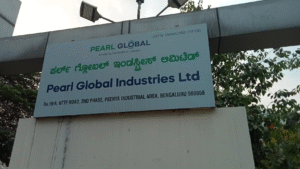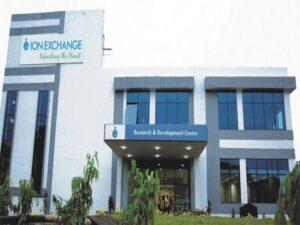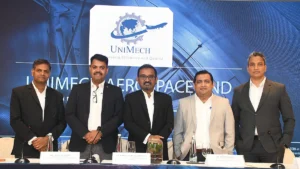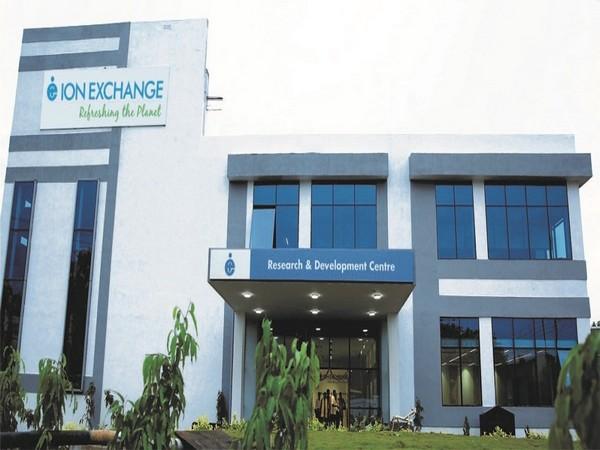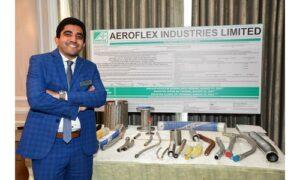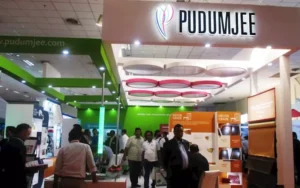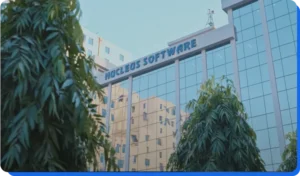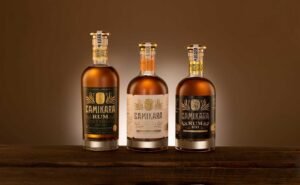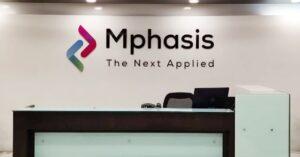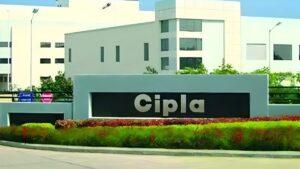1. At a Glance
Ion Exchange (India) Ltd wants to save the world one water plant at a time — but its balance sheet sometimes looks like it’s drowning. With over 100,000 installations globally, seven factories, and a ₹6,272 Cr market cap, it’s a giant in water management. Yet, despite hydrating the planet, the stock is dehydrating investors with a-36% return in the last year. Maybe they should try recycling not just wastewater, but shareholder value too.
2. Introduction
Water is life, and Ion Exchange is the plumber-in-chief to industries, cities, and hotels. Founded decades ago, it has become a full-stack solutions company for everything liquid:from desalination plants in the Middle East, to sewage treatment in India, to packaged drinking water units in your neighborhood hospital.
But let’s be honest: when you hear “water company,” you expect boring annuity-style returns, not wild stock swings. And yet Ion Exchange is trading like a mid-cap biotech stock. Why? Because large EPC (Engineering, Procurement & Construction) contracts come in waves: one year you’re surfing ₹800 Cr Jal Nigam projects, next year you’re paddling in shallow puddles of delayed payments.
The company also has a “consumer products” division that sells purifiers to hotels, labs, and households. Noble mission, except itlost money again in Q1 FY25(EBIT = –₹3.4 Cr). Meanwhile, the Chemicals division — their unsung hero — quietly delivers 25% EBIT margins and keeps the whole operation afloat.
In short: Ion Exchange is like that overachieving cousin at weddings — doing everything, everywhere, all at once — but still getting grilled by relatives about when they’ll settle down (financially).
3. Business Model (WTF Do They Even Do?)
Think of Ion Exchange as theSwiggy of water— they’ll deliver clean water in any form you want.
- Engineering (58% of revenue):Big-ticket projects like desalination, ZLD (Zero Liquid Discharge) plants, recycling systems. Clients = NTPC, Reliance, IOCL, state governments. Margins ~8% (because EPC = low-margin, high-drama).
- Chemicals (~30%):Resins, adsorbents, specialty chemicals. High-margin (~25%) and growing 36% YoY in Q1 FY25. Basically the cash cow in a herd of unpredictable buffaloes.
- Consumer Products (~12%):Purifiers for hotels, hospitals, defense, labs. Revenue grew 9% YoY, but EBIT is consistently negative. It’s their “Zomato Hyperpure” experiment — big dreams, no profits yet.
Geography:78% domestic, 22% exports (to everywhere from
Africa to Canada).
So the business isproject-heavy, chemical-steady, consumer-lossy.
4. Financials Overview
Quarterly Snapshot (Q1 FY25 – Jun’25):
| Metric | Latest Qtr | YoY Qtr | Prev Qtr | YoY % | QoQ % |
|---|---|---|---|---|---|
| Revenue | ₹583 Cr | ₹568 Cr | ₹835 Cr | +2.8% | -30.2% |
| EBITDA | ₹63 Cr | ₹64 Cr | ₹86 Cr | -1.6% | -26.7% |
| PAT | ₹48.7 Cr | ₹45 Cr | ₹63 Cr | +8.3% | -22.7% |
| EPS (₹) | 3.3 | 3.1 | 4.3 | +6.5% | -23.0% |
Commentary:YoY looks okay, QoQ looks like a drought. Annualized EPS ~₹14 → at CMP ₹428, recalculatedP/E ~29.7x(almost same as industry PE 26.6). Reasonable, but not a bargain when growth is this patchy.
5. Valuation (Fair Value Range Only)
- P/E Method:EPS ₹14. Band 18x–25x.FV = ₹250 – ₹360
- EV/EBITDA:FY25 EBITDA ~₹292 Cr. EV = ₹6,128 Cr. EV/EBITDA = 21x. Apply 13x–17x.FV ≈ ₹3,800 – ₹5,000 Cr market cap → per share ₹260 – ₹345
- DCF:Assume normalized FCF = ₹100 Cr (generous), growth 8%, discount 12%.FV ≈ ₹300 – ₹400
Final FV Range:₹260 – ₹360(Educational purposes only, not investment advice.)
6. What’s Cooking – News, Triggers, Drama
- Sri Lanka Project:96% done, closing FY25. Residual value ₹185 Cr. Investors praying it doesn’t end like Colombo’s debt crisis.
- UP Jal Nigam Project:Residual ₹813 Cr, expected to execute bulk in FY25. If done, revenue flood incoming. If delayed, back to puddles.
- Order Book:₹3,400 Cr (70% Engineering). Pipeline ~₹8,200 Cr. Looks impressive, but remember — EPC order book ≠ cash in hand.
- Capex:


